BHG - In recent years, Ha Giang province has achieved many outstanding results in poverty reduction. However, in addition to the achievement of a sharp reduction in the number of poor households, the province is still facing the reality of re-poverty and the emergence of new poor households at a high rate, posing a great challenge to the goal of sustainable poverty reduction.
"Recursion" of escaping poverty - falling back into poverty
According to the review data of the professional sector, in the period of 2022 - 2024, the whole province has 34,574 households recognized as escaping poverty, an average reduction of more than 11,500 poor households each year. However, also in this period, the whole province recorded 5,232 households relapsing into poverty and newly emerging poor households. On average, for every 6.6 households escaping poverty, there is 1 household relapsing into poverty or newly emerging poor household. This shows that a significant number of households only temporarily escape poverty and can easily be pushed back into poverty if they encounter risks or lack conditions to maintain income. Some localities have high rates of relapsing into poverty and emerging poor households such as Dong Van, Meo Vac, Yen Minh, Quan Ba, Bac Me.
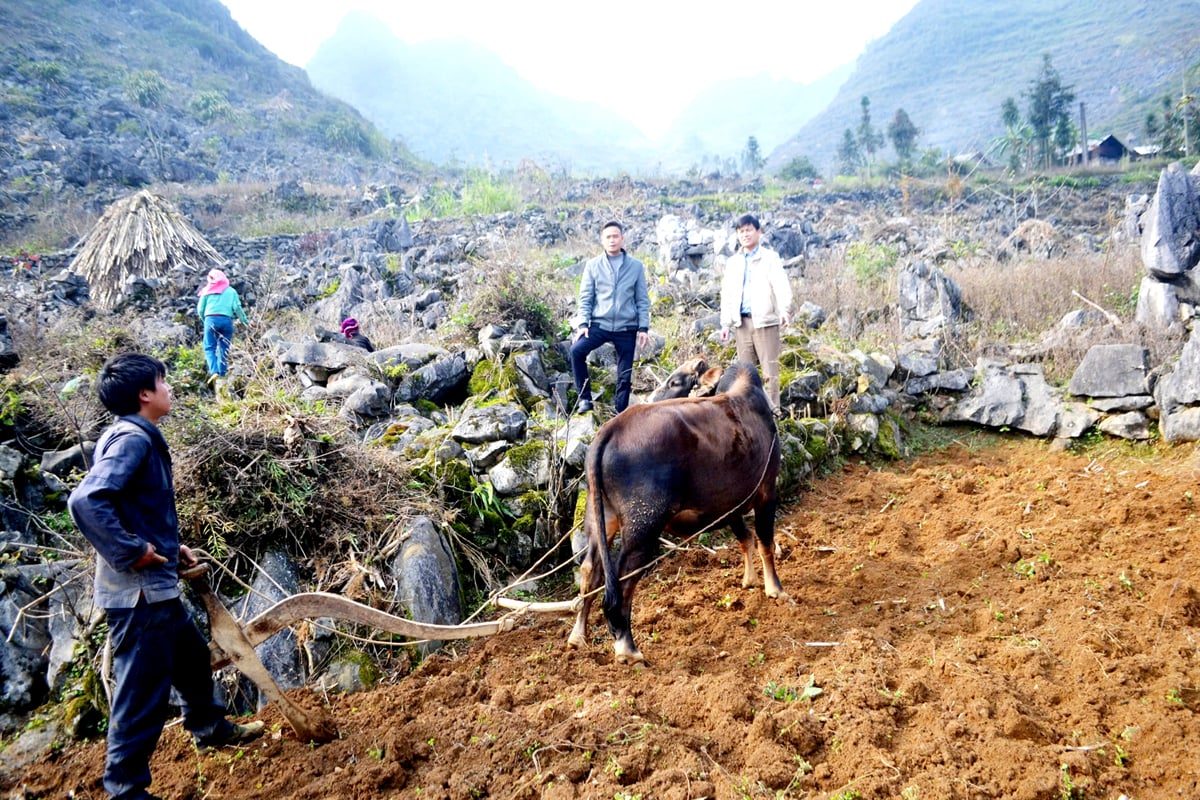 |
| With most of the natural area being rocky mountains, many farmers in Meo Vac district lack land for production. |
In Meo Vac district, the locality recorded a high number of households falling back into poverty and newly emerging poor households. In the period 2022 - 2024, the whole district had 3,549 households escaping poverty, but there were also 324 households falling back into poverty and newly emerging poor households, accounting for nearly 10% of households that had escaped poverty. Most of the households classified as poor households often fall into vulnerable groups such as the elderly living alone, households with chronic and disadvantaged patients, and newly separated households.
The family of Vu Mi Ly, Ngai Lau village, Pai Lung commune (Meo Vac) is one of the cases of re-poverty. In 2018, his family was recognized as escaping poverty thanks to raising fattened cows. However, since 2022, the family's elderly mother has been frequently ill and hospitalized many times a year. Assets have gradually had to be sold to take care of the sick, which has cost Mr. Ly time and effort, while he is the main breadwinner of the family. The economy is increasingly difficult, at the end of 2024, his family was considered a poor household by the Pai Lung commune government.
Similarly, in Bac Me district, before 2022, the family of Mr. Nguyen Van Thuong, Tay ethnic group, Ngoc Tri village, Minh Son commune, was classified as a near-poor household. With the will and determination to escape poverty, the couple always encouraged and made constant efforts to focus on economic development and increase income. In 2022, through the review of the local government, his family was recognized as having escaped poverty. However, the joy did not last long as disaster struck again when his wife had a work accident and died in 2024, leaving him alone to take care of 3 young children of school age. Without a stable source of income and a small area of cultivated land, after the review, his family fell back into poverty at the end of 2024. He hopes that the authorities at all levels will support him in accessing preferential loans for economic development to escape poverty sustainably.
Find the cause
The number of households falling back into poverty and newly emerging poor households in the 2022-2024 period in the province tends to decrease but remains high, with an average of more than 1,700 households falling back into poverty or newly emerging poor households each year. This situation stems from many intertwined factors, including both objective and subjective causes.
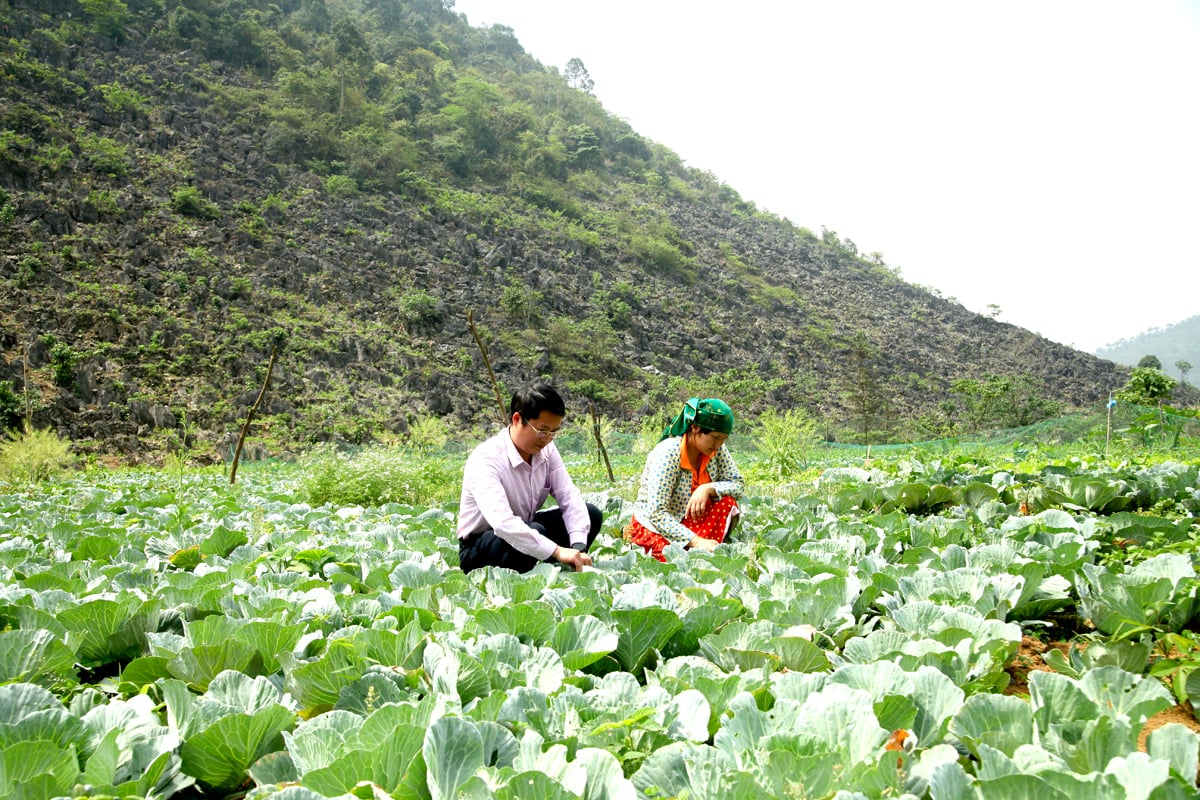 |
| People in Hong Ngai A village, Sung Thai commune (Yen Minh) renovated mixed gardens to increase income. |
One of the reasons for this situation is that the livelihoods of many households are unstable and vulnerable to external impacts. Most poor households live in highland areas, where farming conditions are harsh, and mainly rely on small-scale, fragmented, self-sufficient agriculture . Income depends on the season and weather, while production lacks the application of science and technology and has no alternative sources of income. Just one natural disaster, crop failure or disease in crops or livestock can cause the whole family to lose all their means of production. The 2024 review report shows that the whole province has up to 20,910 poor households without capital for production and business, 13,836 households lacking production tools, and 19,942 households without labor skills. Livelihood support models in many places still lack sustainability, are not linked to value chains and stable outputs. When unable to create a stable livelihood, people after escaping poverty can easily fall back into poverty if they encounter risks, natural disasters, or epidemics.
For example, in Meo Vac district, as mentioned above, in the 3 years from 2022 - 2024, the whole district has 324 households falling back into poverty and newly emerging poor households. Explaining the above figures, Vice Chairman of Meo Vac District People's Committee, Ngo Manh Cuong said: Meo Vac is one of the particularly difficult areas, with fragmented terrain, harsh climate and ethnic minority population accounting for over 90%. These factors limit access to basic social services such as health, education, transportation, etc., directly affecting the quality of life of the people. In addition, poor agricultural production conditions and little arable land make people's livelihoods unstable. In the past 3 years, unusual weather, hail, and localized droughts have occurred many times, causing great damage to crops and livestock, which are the main source of income for many households.
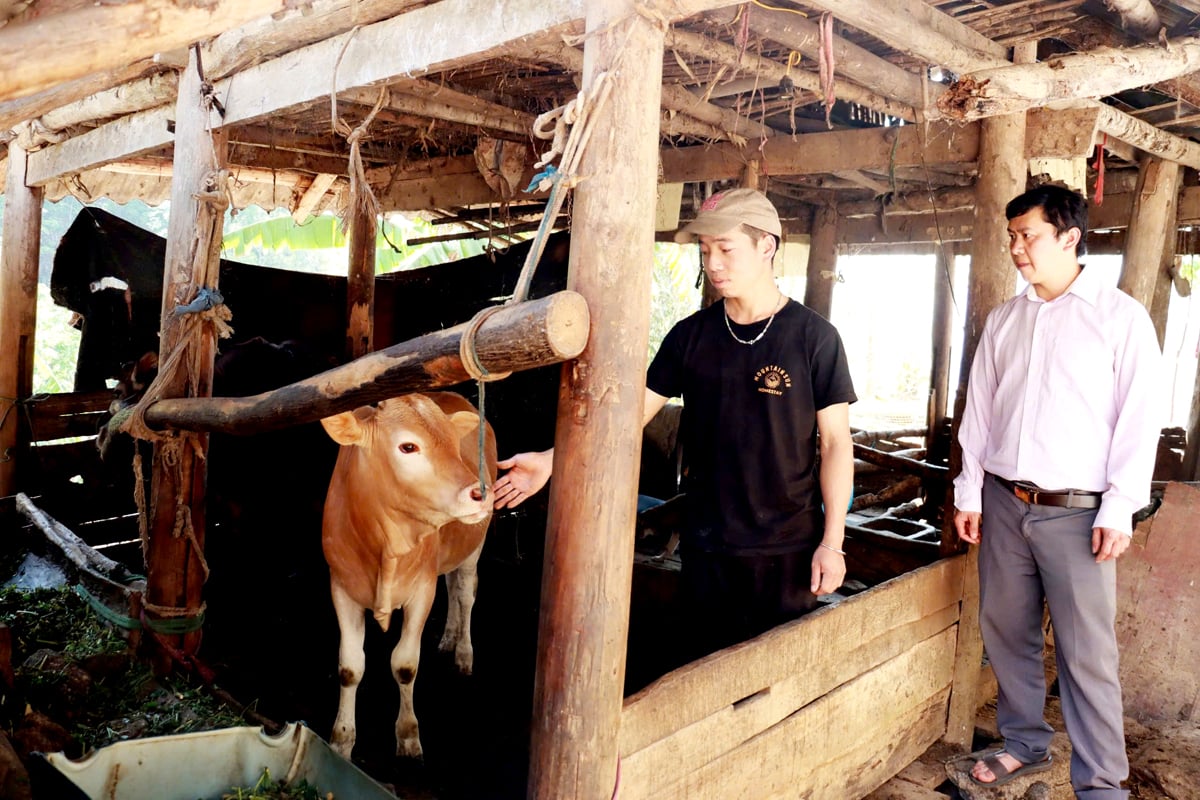 |
| Mr. Vu Mi Ly (left), Ngai Lau village, Pai Lung commune (Meo Vac) develops fattening cattle to strive to escape poverty. |
In addition to objective causes, the rate of re-poverty and the emergence of new poor households in Ha Giang remains high, partly due to the mentality of waiting and relying on state support policies of a segment of the population. In reality, after being recognized as having escaped poverty, many households have not proactively sought new livelihoods or improved production capacity, but are still accustomed to relying on support programs such as providing seeds, animal breeds, tuition exemptions, health insurance, electricity support, etc. There are even cases where people deliberately do not raise their living standards to continue enjoying preferential policies for poor and near-poor households. This situation not only reduces the effectiveness of poverty reduction programs but also makes it difficult to review and assess the current situation of poor households. According to officials of some highland communes, mobilizing people to escape poverty is still a difficult problem, because many households are afraid that if they escape poverty, they will lose support and rights. This is a clear manifestation of poverty reduction in form but has not really created a change in awareness and self-reliance, thereby affecting the sustainability of the entire process.
Another important reason why the province's poverty reduction work has not achieved sustainability is that some policies have been implemented slowly, lacked synchronization, and the effectiveness of implementation at the grassroots level is still limited. In fact, in some periods, documents guiding the implementation of the national target program on poverty reduction were issued slowly, lacking specificity, causing confusion for local authorities in organizing implementation. The allocation of resources is still scattered, lacking focus, while the needs of each region and each target group are very different. Many localities lack specialized staff for poverty reduction, or part-time staff have not been properly trained, leading to the review of poor households being a formality, not reflecting reality. The work of monitoring and evaluating the effectiveness of livelihood support models is also loose, lacking post-support monitoring, causing many programs to not bring long-term effectiveness after implementation.
It is difficult to help poor households escape poverty successfully, but to keep households from falling back into poverty and create real changes in income and quality of life requires a flexible, practical policy system and a capable, dedicated implementation team. Without these factors, poverty reduction will only be short-term and lack depth.
In addition, many poor households in the province are still seriously lacking basic social services, such as health care, education, housing, clean water, information and insurance. The 2024 poverty review report shows that the whole province has nearly 14,000 poor households without sustainable jobs, nearly 10,000 households with malnutrition, more than 12,800 households with low-quality housing, and more than 12,000 households without production knowledge. These shortages not only directly affect the quality of life but also reduce the resilience of households when facing risks, making it easy for them to fall back into poverty. In particular, in remote communes, people still face many barriers in accessing health services. Lack of hygienic toilets, unsafe clean water sources, and cramped living conditions are also indirect causes of increased risk of disease and malnutrition - factors associated with the vicious cycle of poverty.
It can be seen that Ha Giang province is gradually escaping the shadow of poverty, but to go further, the province needs to focus more on the quality of poverty reduction, instead of just chasing numbers. Poverty reduction is not only about increasing income, but also about creating a truly quality life so as not to succumb to risks. To do so, it is necessary to change the approach, from giving "fish" to giving "fishing rods, teaching how to fish, and ensuring there are fish to catch".
----------------
Final episode: Awakening the will and aspiration to escape poverty
Article and photos: PV GROUP
Source: https://baohagiang.vn/kinh-te/202505/tap-trung-giam-ngheo-vung-buoc-vao-ky-nguyen-moi-ky-2-giam-ngheo-nhanh-nhung-chua-ben-vung-b9b1adf/


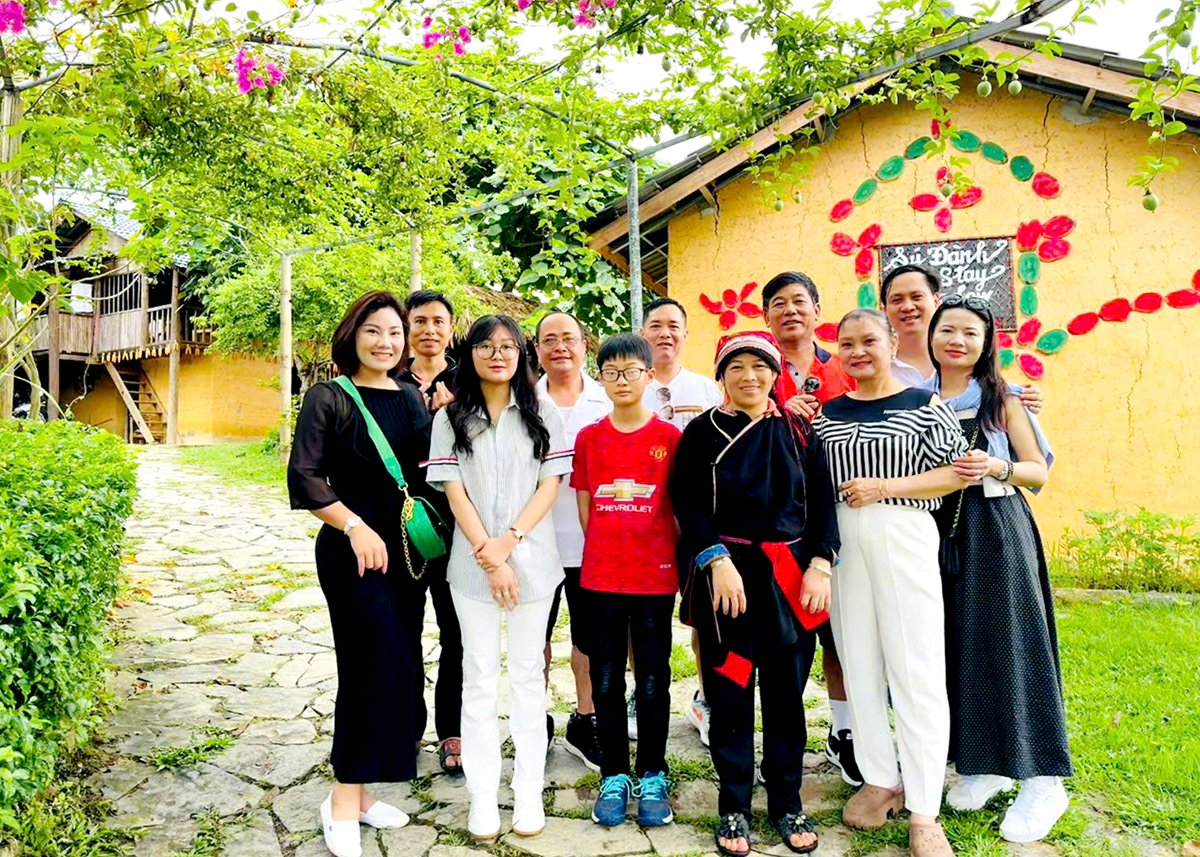
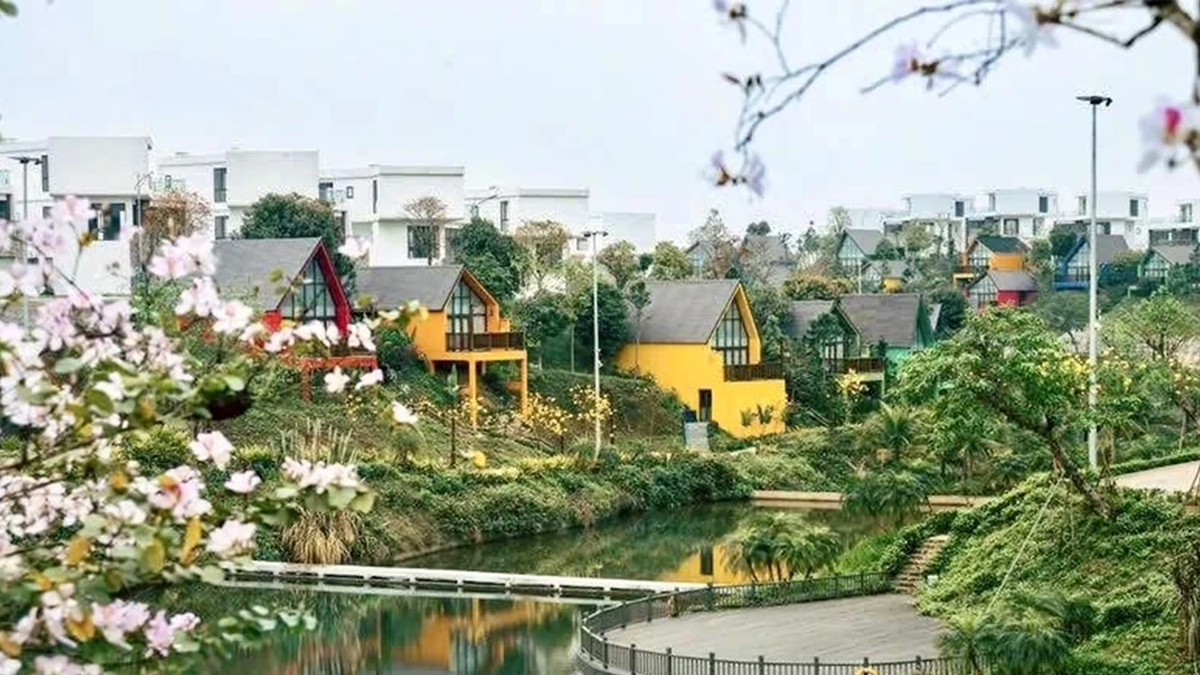
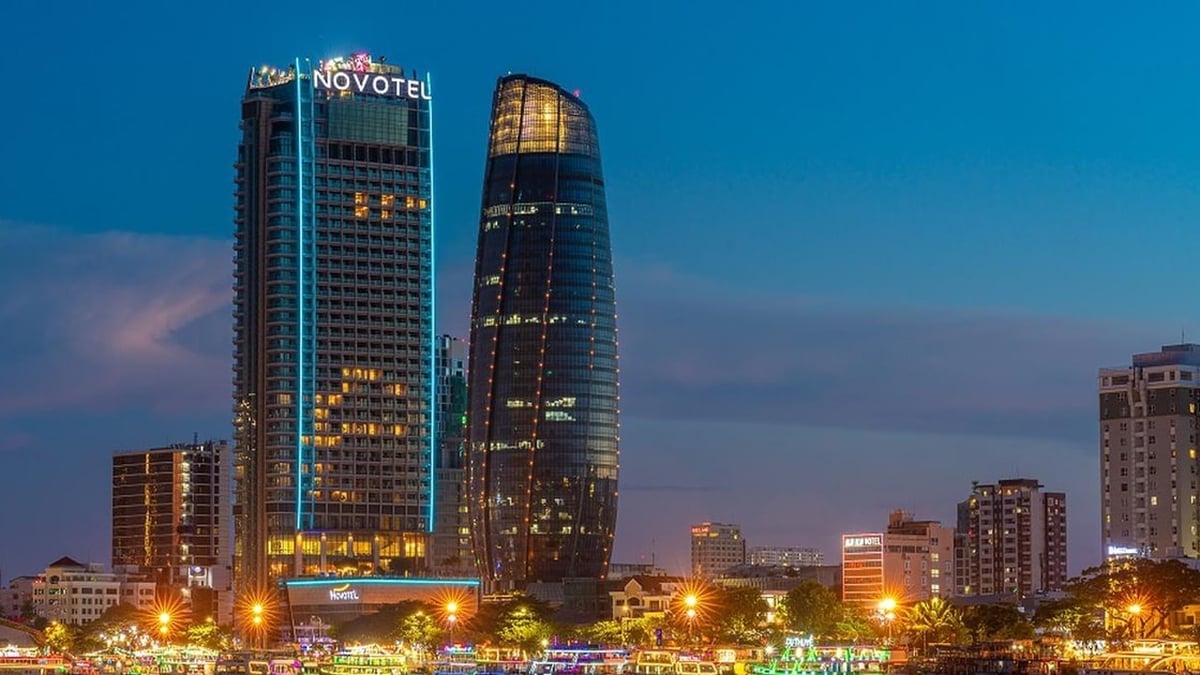
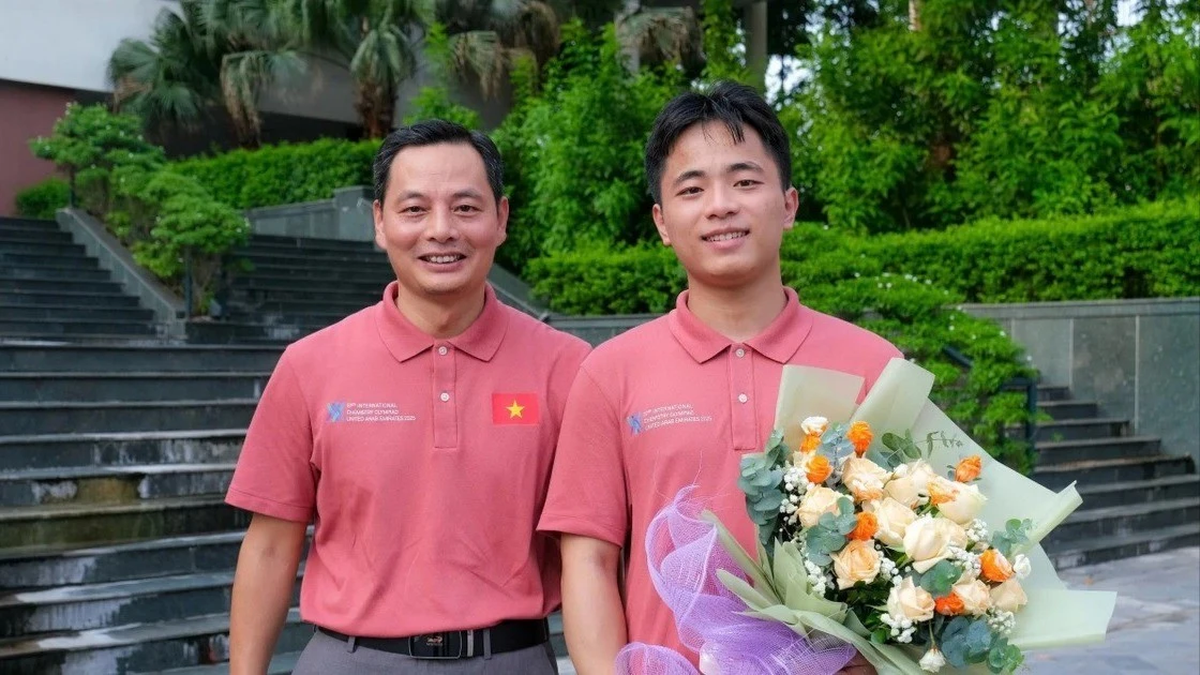

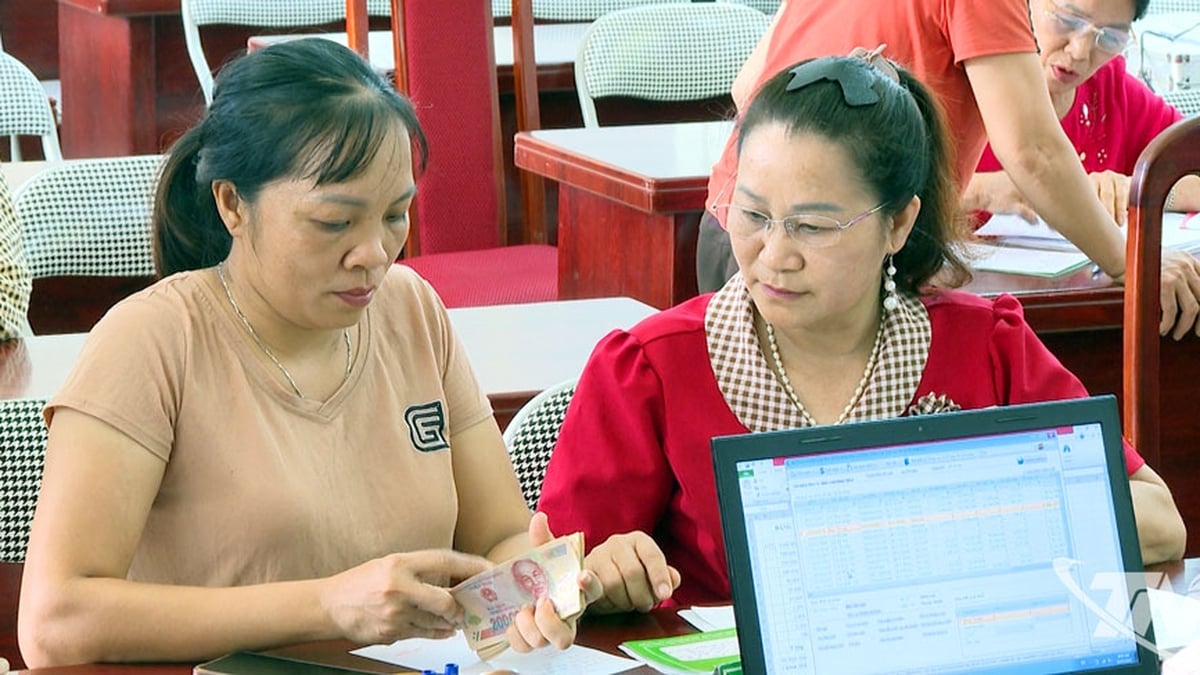
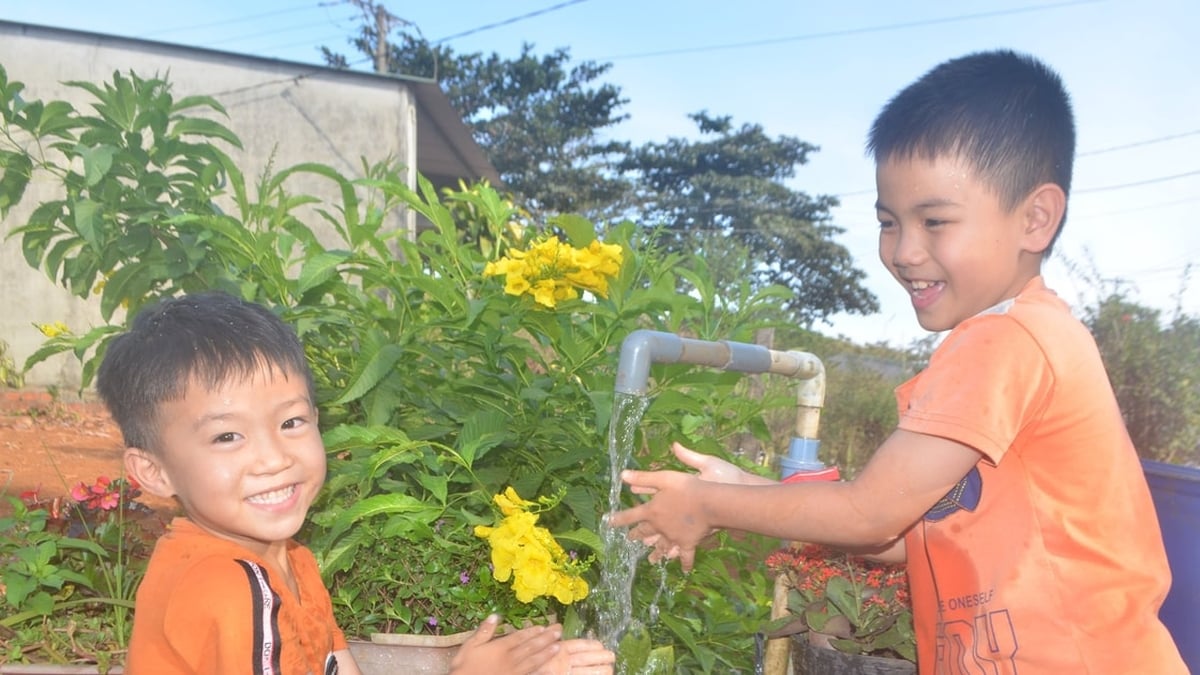

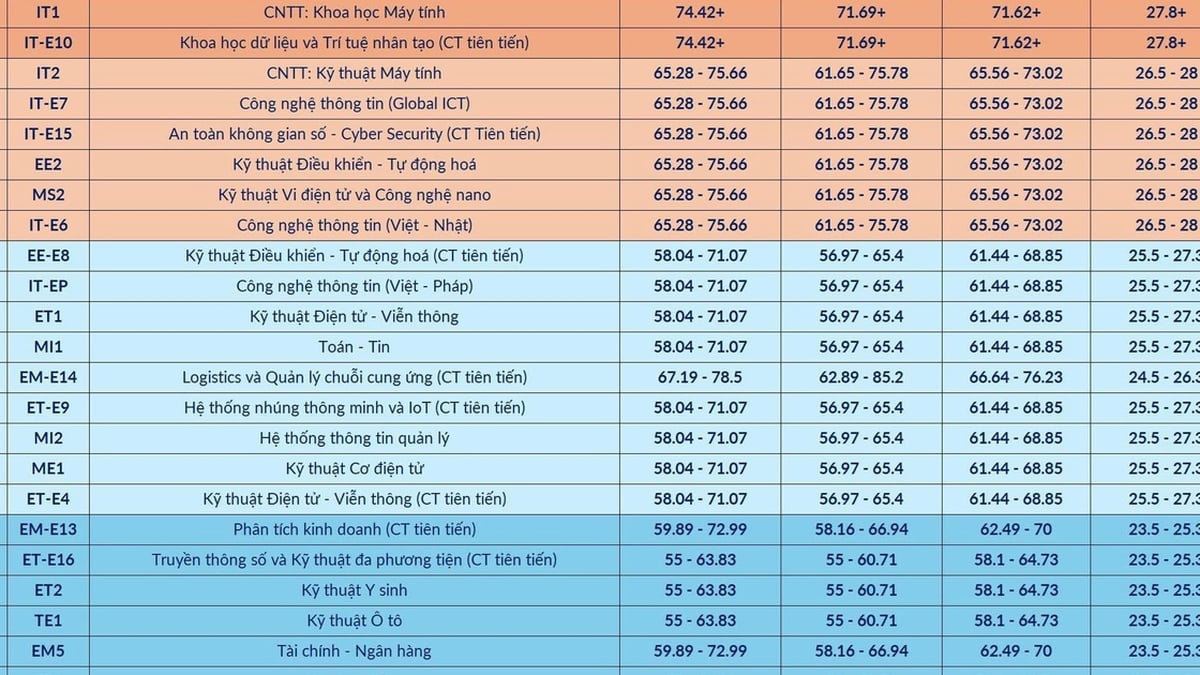
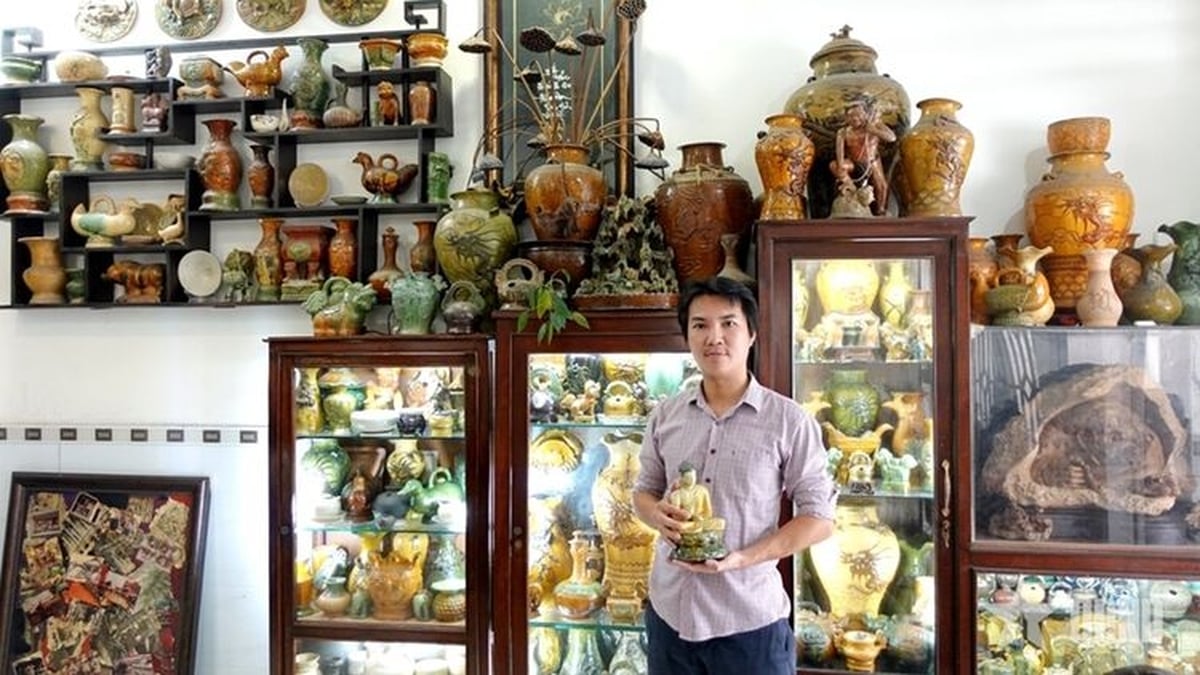























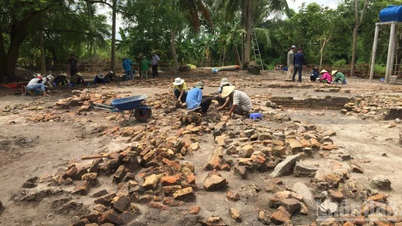



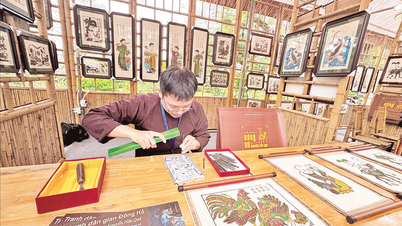


















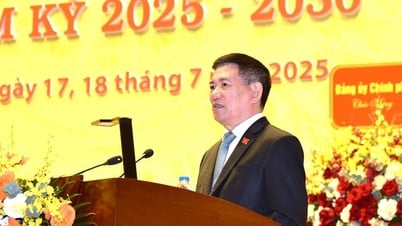


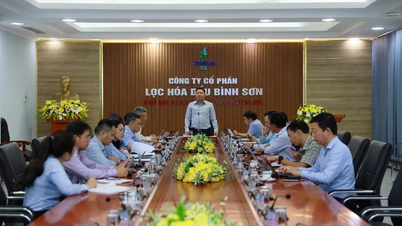




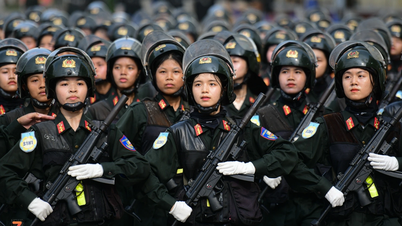






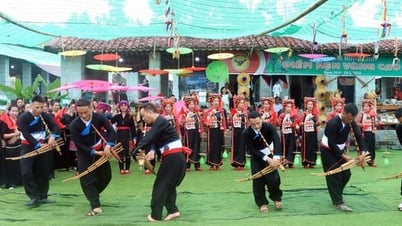
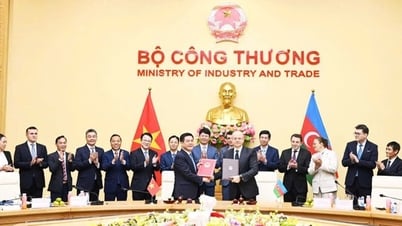



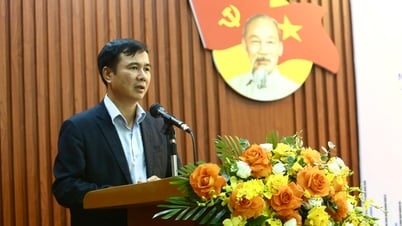








![[Infographic] In 2025, 47 products will achieve national OCOP](https://vphoto.vietnam.vn/thumb/402x226/vietnam/resource/IMAGE/2025/7/16/5d672398b0744db3ab920e05db8e5b7d)
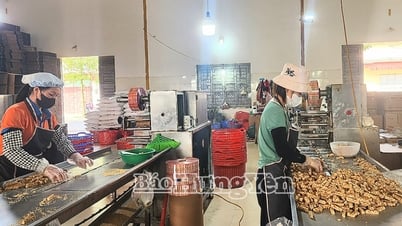













Comment (0)